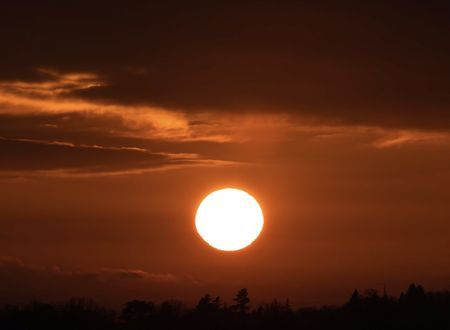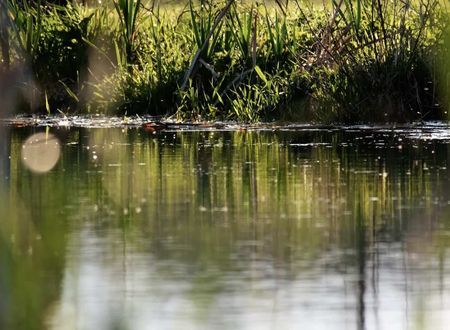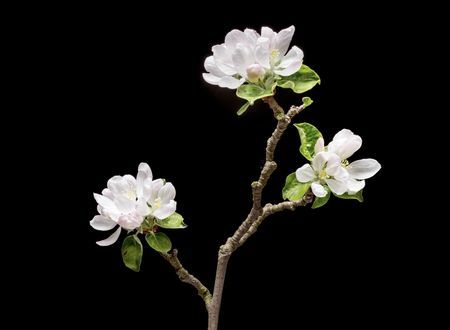Historical references to Lohri are mentioned by European visitors to the Lahore darbar of Maharaja Ranjit Singh such as Wade who visited the Maharaja in 1832. Further reference is made by Captain Mackeson of Maharaja Ranjit Singh distributing suits of clothes and large sums of money as rewards on Lohri day in 1836.The celebration of Lohri with the making of a huge bonfire at night is also noted in the royal court in 1844.
The accounts of Lohri celebration in royal circles do not discuss the origins of the festival. However, there is much folklore about Lohri. Lohri is the celebration of the arrival of longer days after the winter solstice. According to folklore, in ancient times Lohri was celebrated at the end of the traditional month when winter solstice occurs. It celebrates the days getting longer as the sun proceeds on its northward journey. The day after Lohri is celebrated as Maghi Sangrand.
Lohri is an ancient mid winter festival originating in regions near the Himalayan mountains where winter is colder than the rest of the subcontinent. Hindus and Sikhs traditionally lit bonfires in their yards after the weeks of the rabi season cropping work, socialized around the fire, sang and danced together as they marked the end of winter and the onset of longer days.
Punjabi woman waiting to participate in Gidda
However, instead of celebrating Lohri on the eve of when winter solstice actually occurs, Punjabis celebrate it on the last day of the month during which winter solstice takes place. Lohri commemorates the passing of the winter solstice.









Comments are closed as per the author's request.
0 COMMENTS
Please login to read members' comments and participate in the discussion.